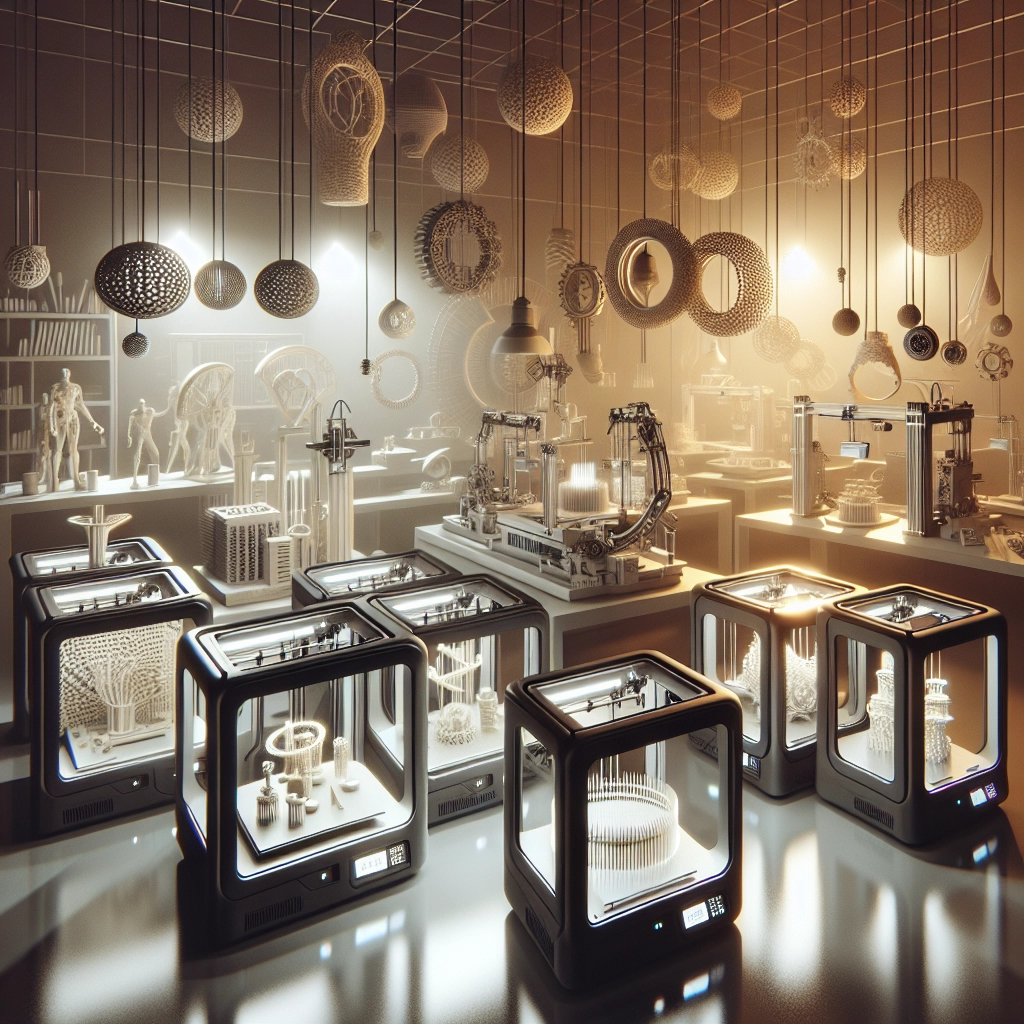Exploring the Versatility of 3D Printers in Modern Design
Have you ever thought about how 3D printing has reshaped our understanding of design? What was once a tool primarily used in prototyping is now a game-changer across industries, from fashion to architecture. It’s fascinating to see how this technology is making waves, pushing the boundaries of creativity, and transforming how we think about production.
A Brief Look at 3D Printing Technology
Before we dive into the meat of it, let’s quickly recap what 3D printing actually is. Essentially, it’s a process that creates a physical object from a digital file. By layering materials—whether it be plastic, metal, or even food—a 3D printer constructs items layer by layer, leading to intricate designs that are often impossible to achieve with traditional manufacturing methods.
This world of endless possibilities has sparked a renaissance in design across various fields, so let’s explore some of the most exciting applications.
Fashion Forward: Redefining Style
In the fashion industry, designers are shedding the constraints of conventional fabric and patterns. 3D printing enables them to produce unique garments and accessories that dazzle with originality. Take, for example, the work of visionary designer Iris van Herpen, who seamlessly merges technology with high fashion. Her breathtaking creations often feature fluid shapes and complex patterns, showcasing how 3D printing can elevate aesthetics to new heights.
Imagine walking down the street and spotting someone in a dress that’s never been seen before—one that molds perfectly to their body’s dimensions. Custom-fit fashion is becoming more accessible thanks to this technology, minimizing waste and maximizing personal expression. The marriage of technology and fashion is not just a fleeting trend; it’s a glimpse into the future of how we may wear our wardrobe.
Architecture and Construction: Building the Future
When we think about architecture, we often picture towering skyscrapers and sprawling complexes. But what if we could print an entire building? It may sound like something out of a sci-fi movie, but 3D printing has made significant strides in the construction industry. Architectural firms are now creating models with more precision and innovation than ever before.
One notable example is the use of 3D printing to build housing in underserved communities. By rapidly constructing homes with eco-friendly materials, organizations are helping to meet the growing demand for affordable housing. Plus, this method significantly reduces waste, making it not only efficient but also environmentally friendly.
Medical Marvels: Revolutionizing Healthcare
Healthcare is another area where 3D printing shines brightly. We’re talking about custom prosthetics that fit perfectly, surgical guides that improve precision during operations, and even bioprinting organs for transplant. The implications are mind-boggling!
Surgeons can now use 3D printed anatomical models to practice complicated procedures before they even step into the operating room. This reduces risk and enhances patient outcomes. Additionally, bioprinting is making strides towards creating human tissues, which could one day alleviate the shortage of organ donors.
Art and Creativity: A New Medium
Artists are also embracing 3D printing as a new canvas. This technology allows for sculptural designs that incorporate intricate details, and artists can experiment with geometrical shapes in ways that traditional methods wouldn’t allow. The result? Unique pieces that captivate the imagination.
Moreover, the collaborative aspect of 3D design tools invites artists from around the globe to share and create together, breaking geographical barriers. Whether it’s interactive installations or dynamic sculptures, 3D printing is empowering artists to explore new frontiers.
Challenges and Future Prospects
While the potential of 3D printing is thrilling, it’s essential to recognize the challenges. There are ongoing discussions about intellectual property rights, the sustainability of materials, and the significant energy consumption associated with the technology. However, as research continues and innovations are made, solutions are likely to emerge.
The future of design will undoubtedly be influenced by 3D printing, shaping not only the production process but also the way we experience and perceive design in our daily lives. It holds the potential to create a more sustainable, personalized, and innovative future.
As we stand at this crossroads, it’s clear that the versatility of 3D printers is changing the landscape of modern design. Whether you’re an aspiring designer, an established artist, or just someone who appreciates creativity, keep your eyes peeled—this is just the beginning of a wondrous journey into the world of 3D printing!

